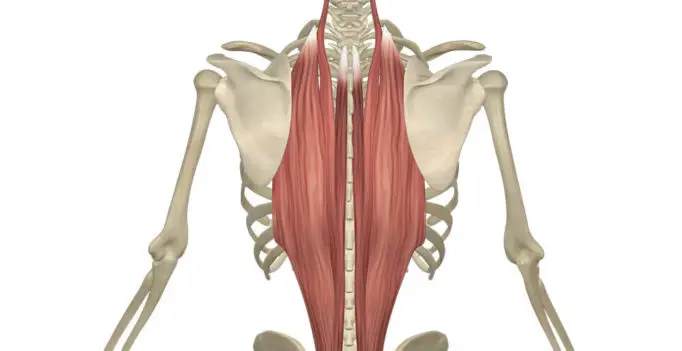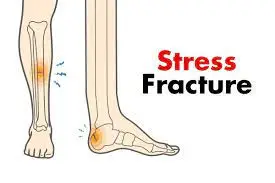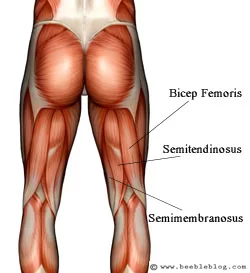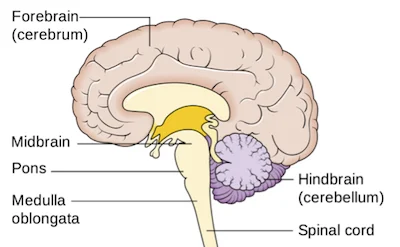Genitofemoral nerve
Introduction
The genitofemoral nerve is a branch of the lumbar plexus that contain fibers from the anterior rami of spinal nerves L1 and L2. The nerve arises in the substance of the psoas major muscle and descends retroperitoneally proceeding to the inguinal ligament.
The genitofemoral nerve ends by giving off two terminal branches: the femoral (lumboinguinal) branch and the genital branch. This separation normally takes place after the nerve pierces the psoas fascia, or after it crosses the ureter.
The genitofemoral nerve is primarily a sensory nerve that gives supply to the upper thigh region or upper thigh surface in both sexes. particularly, it supplies the mons pubis and labia majora in females, and the skin of the anterior scrotum in males. additionally, the genitofemoral nerve carries motor fibers to supply the cremaster muscle in males.
Origin and course
Genitofemoral nerve
- Before it comes to the inguinal ligament, the genitofemoral nerve crosses the ureter posteriorly and is separated into two terminal branches: genital and femoral branches. It’s important to note that the location of this bifurcation is very irregular and it can occur anywhere along its course, even right after its origin.
Branches and innervation
what are the branches and innervation of the genitofemoral nerve?
- The genitofemoral nerve terminates in a bifurcation, providing two terminal branches:
- Genital branch
- Femoral branch
Genital branch of genitofemoral nerve
- Upon its origin, the genital branch travels inferiorly, crosses the external iliac artery, and enters the inguinal canal through the deep inguinal ring. In the inguinal canal, the genital branch goes along with the spermatic cord (in males) or the round ligament (in females). It exits the inguinal canal through the superficial inguinal ring and gives supply to the external genitalia.
- More specifically, the genital branch gives sensory supply to the anterior portion of the scrotal skin in males and supplies the mons pubis and labia majora in females. Its motor fibers supply the cremaster muscle in males.
- It is worth mentioning that the genitofemoral nerve is mainly responsible for the cremasteric reflex, as it supplies sensation to the superior and medial aspect of the thigh and motor supply to the cremaster muscle. The cremasteric reflex is a valuable part of physical examination, especially in the diagnosis of acute scrotal pain and the assessment for testicular torsion.
Femoral branch of genitofemoral nerve
- The femoral branch (also known as the lumboinguinal branch) courses lateral to the external iliac artery in relation to the inguinal ligament. then it runs underneath the inguinal ligament, pierces/penetrate the femoral sheath and transverse fascia lata, and enters the thigh region.
- In contrast to the genital branch, the femoral branch is lonely a sensory branch. It supplies the skin of the anterior, upper, and medial aspects of the thigh region.
Clinical relations
What are the Clinical relations of the genitofemoral nerve?
Genitofemoral neuralgia
Genitofemoral neuralgia is a syndrome described by severe pain in the lower abdomen due to the compression of the genitofemoral nerve. The pain can be spread anywhere along the path of the nerve and its branches. It is normally sharp and unilateral and can occur in both males and females. In major cases, the compression of the nerve takes place during its course through the inguinal canal, usually after open hernia surgery.
Diagnosis and treatment
The following methods are used to diagnose the condition:
- Blood Examination
- X-ray
- CT – Scan
- MRI
- Ultrasound
- Bone Scan
What is the treatment of the genitofemoral nerve?
- The goal of the treatment is to relieve or decrease the pain. different medications are prescribed like NSAIDs, topical local anesthetics, corticosteroids, opioids, antidepressants, and anticonvulsants. If the above-mentioned medications can’t relieve the pain, the alternative or protocol of the treatment should change.
- physiotherapy treatment
- Ice packs
- Acupuncture
- Physical therapy
- Genitofemoral nerve block
- Cryo-nerve ablation
- Trigger point injections
- Relaxation techniques
- Low-intensity laser therapy
- TENS- transcutaneous electric nerve stimulation, etc.
FAQ
What is genitofemoral neuropathy?
Genitofemoral neuralgia is a syndrome described by chronic pain and paresthesia in the region of genitofemoral nerve distribution. Genitofemoral nerve entrapment has been represented after inguinal herniorrhaphy, appendectomy, and cesarean section.
how do you block a genitofemoral nerve?
The femoral branch of the genitofemoral nerve is blocked by associate the middle third of the inguinal ligament. After preparation of the skin with an antiseptic solution, 3 to 5 mL of 1% lidocaine is infiltrated subcutaneously just below the ligament
What happens if the genitofemoral nerve is damaged?
The symptoms contain groin pain, paresthesias, and a burning sensation spreading from the lower abdomen to the medial aspect of the thigh. It may present with scrotal pain in males, while females experience symptoms radiating to the labia majora and mons pubis.
How do you fix genitofemoral nerve pain?
Initial treatment of genitofemoral neuralgia will normally consist of anti-neuropathic, nonsteroidal anti-inflammatory, and weak opioid medication. Qutenza patches can also be contemplating a conservative method of localized treatment.







2 Comments